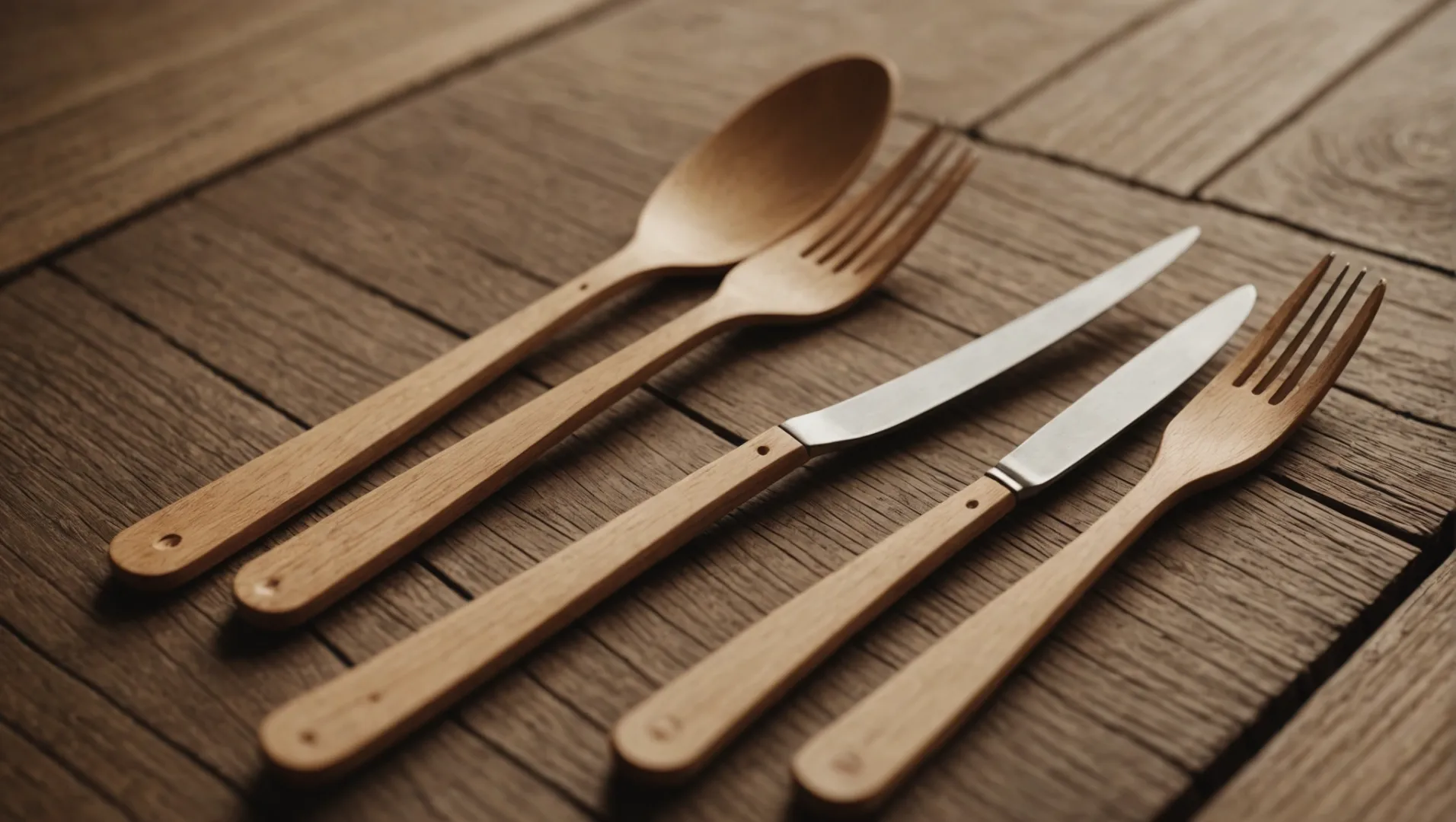
In today’s world, where every choice can impact our planet, eco-friendly products have captured our hearts—and our wallets.
Consumers are increasingly opting for eco-friendly disposable wooden cutlery due to its sustainability, biodegradability, and aesthetic appeal. Factors influencing this preference include environmental awareness, disposable income, and product quality.
But what drives this shift towards sustainability? Let's dive deeper into the motivations, advantages, and challenges that come with choosing wooden cutlery.
Consumers prefer eco-friendly wooden cutlery over plastic.True
Eco-conscious consumers value sustainability and are willing to pay more for biodegradable wooden cutlery.
What Makes Wooden Cutlery an Eco-Friendly Choice?
Wooden cutlery offers a sustainable alternative to plastic, emphasizing biodegradability and responsible sourcing.
Wooden cutlery is eco-friendly due to its biodegradability, sustainable sourcing, and minimal environmental impact. Made from responsibly harvested wood, it decomposes naturally, unlike plastic, which persists for centuries. The use of natural coatings and eco-certifications further enhance its green credentials, making it a preferred choice for eco-conscious consumers.
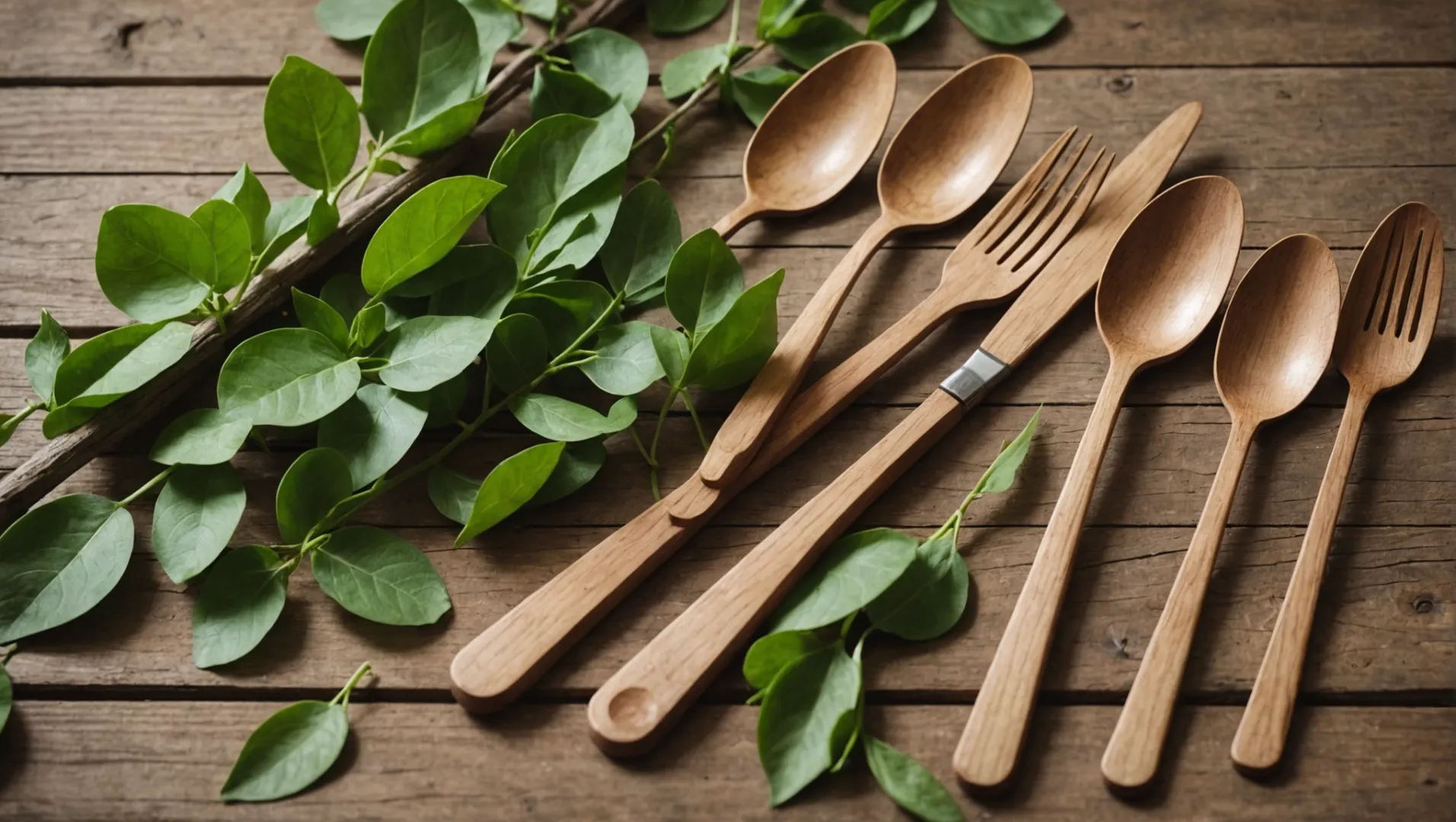
Biodegradability and Environmental Impact
One of the primary reasons wooden cutlery is considered eco-friendly is its ability to decompose naturally. Unlike plastic, which can linger in the environment for hundreds of years, wooden utensils break down relatively quickly. This process returns nutrients to the soil and reduces the accumulation of waste in landfills. By choosing wooden cutlery, consumers can significantly reduce their carbon footprint and contribute to a cleaner planet.
Responsible Sourcing and Manufacturing
The sustainability of wooden cutlery begins with responsible sourcing. Manufacturers often use wood from sustainably managed forests1, ensuring that the material is renewable and the ecosystem remains balanced. Certifications like FSC (Forest Stewardship Council) confirm that the wood is harvested legally and sustainably. Furthermore, the production process typically avoids harmful chemicals, opting for natural coatings such as beeswax or plant oils that are food-safe and non-toxic.
Life Cycle Analysis and Eco-Certifications
Eco-certifications play a crucial role in verifying the environmental impact of wooden cutlery. Life Cycle Analysis (LCA) provides data on energy and resource usage during production, helping manufacturers optimize processes for minimal environmental impact. Certifications like FDA or LFGB ensure safety in food contact, while others guarantee sustainable sourcing. These standards enhance consumer trust and help companies compete in environmentally conscious markets.
Design Innovation and Resource Efficiency
Innovation in design is another factor that enhances the eco-friendliness of wooden cutlery. Manufacturers are increasingly focused on reducing material usage without sacrificing durability, leading to products that are both lightweight and strong. Some brands are exploring biodegradable coatings2 that enhance the decomposition rate of wooden cutlery, making them even more sustainable. Additionally, combining wood with materials like bamboo fiber can offer increased strength while maintaining an eco-friendly profile.
Market Trends and Consumer Demand
The demand for sustainable products has driven significant interest in wooden cutlery. Consumers, particularly in regions like Europe and North America, are willing to pay a premium for eco-friendly alternatives. This trend is bolstered by marketing strategies that highlight the environmental benefits of wooden utensils, such as their natural aesthetics and absence of harmful additives. As a result, wooden cutlery has become a symbol of sustainable living, appealing to those who prioritize environmental responsibility in their purchasing decisions.
Wooden cutlery decomposes faster than plastic.True
Wooden cutlery breaks down quickly, returning nutrients to soil.
FSC certification is irrelevant for wooden cutlery.False
FSC ensures wood is legally and sustainably harvested, crucial for eco-friendliness.
Are Consumers Willing to Pay a Premium for Sustainability?
As eco-awareness rises, the question looms: will consumers pay more for sustainable products?
Many consumers are indeed willing to pay a premium for sustainability, driven by increasing environmental awareness, ethical considerations, and a desire to support eco-friendly initiatives.
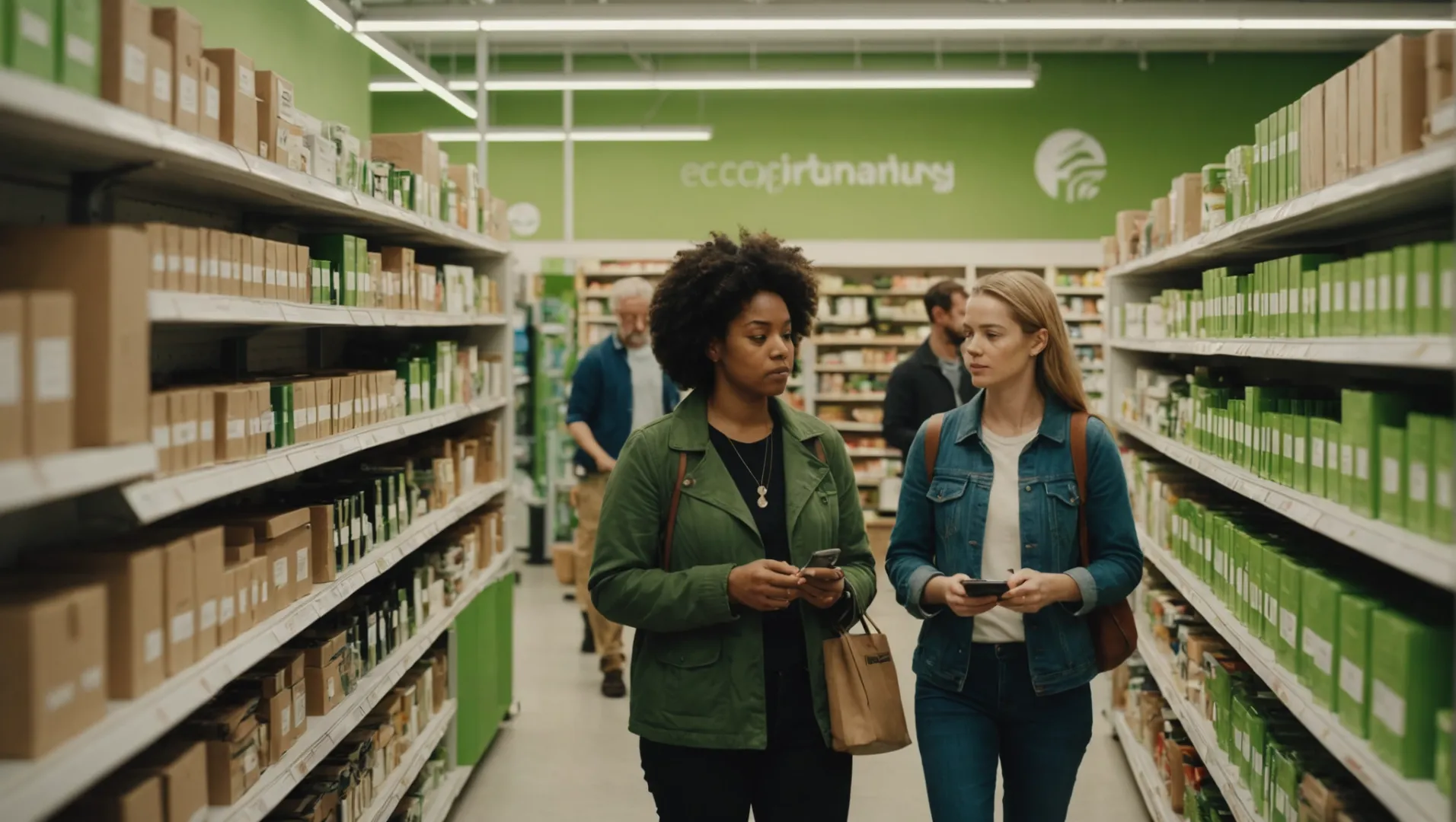
Understanding Consumer Motivations
A significant segment of consumers today prioritizes sustainability, not just in principle but also in purchasing decisions. Many are driven by a growing environmental consciousness3. This awareness stems from education on climate change impacts, resource depletion, and the detrimental effects of non-biodegradable waste.
Ethical Considerations and Brand Loyalty
Consumers increasingly seek to align their purchases with personal values, opting for brands that demonstrate a commitment to ethical practices. This alignment fosters brand loyalty, as buyers feel they contribute positively to global sustainability efforts. Companies adopting transparent practices, such as sharing information about their supply chain and eco-certifications, often see a boost in customer trust and willingness to pay higher prices.
The Role of Disposable Income and Product Quality
While willingness is high among certain demographics, it largely depends on disposable income levels. Higher-income individuals are generally more capable of absorbing the additional cost of sustainable products. However, quality perception plays a crucial role. Consumers expect that the higher price tag correlates with superior quality, durability, and functionality.
| Factor | Impact on Willingness |
|---|---|
| Environmental Awareness | High |
| Disposable Income | Moderate to High |
| Product Quality | High |
| Brand Transparency | High |
Social Influence and Peer Pressure
The influence of social circles cannot be underestimated. With social media platforms amplifying the conversation around sustainable living, peer pressure acts as a catalyst. People are more likely to purchase eco-friendly products when they see others in their network doing the same. Campaigns that showcase the benefits and stories behind sustainable products can further enhance consumer engagement.
In summary, while there are challenges such as cost and product availability, many consumers are willing to invest more in sustainability. This choice reflects not just a personal preference but a broader societal shift towards responsible consumption.
Consumers pay more for eco-friendly products.True
Environmental awareness and ethical considerations drive consumers to support sustainability.
Disposable income has no impact on sustainable purchases.False
Higher disposable income increases the ability to afford premium sustainable products.
How Does Wooden Cutlery Compare Environmentally to Plastic?
Wooden cutlery is increasingly favored over plastic for its eco-friendly attributes, but how do they truly compare?
Wooden cutlery surpasses plastic environmentally due to its biodegradability and renewable sourcing, minimizing long-term ecological impact.
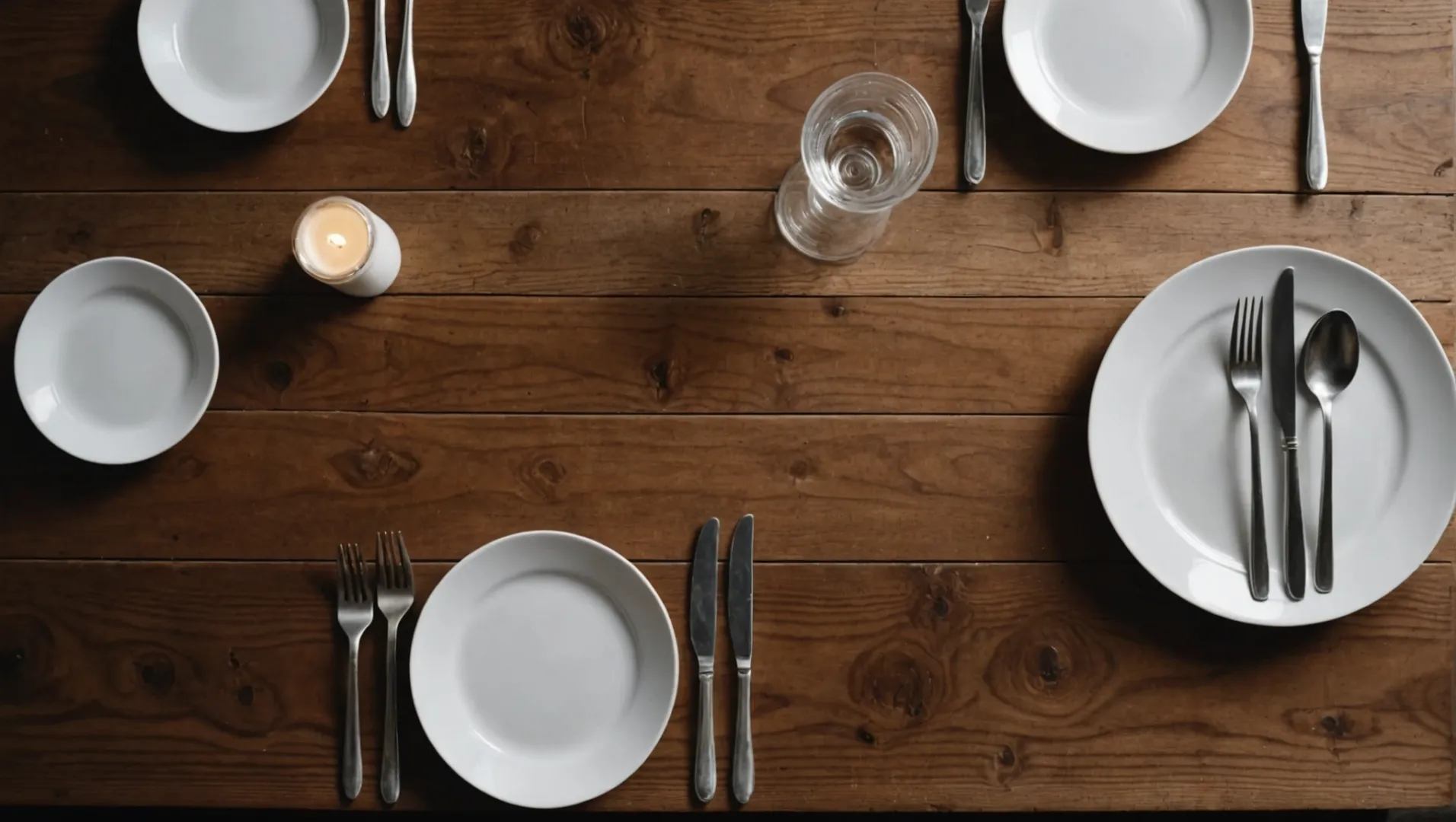
Biodegradability and Decomposition Rates
One of the most significant advantages of wooden cutlery over plastic is its biodegradability4. Wooden utensils naturally decompose within a few months to a few years, depending on environmental conditions. In contrast, plastic cutlery can take hundreds of years to break down, often leaching harmful chemicals into the soil and water. This makes wooden cutlery a much more sustainable choice for consumers who are environmentally conscious.
Sourcing and Resource Management
The sustainability of wooden cutlery largely hinges on responsible sourcing. Wood is a renewable resource, especially when harvested from sustainably managed forests. Many manufacturers ensure their products are sourced in an eco-friendly manner by obtaining certifications like FSC (Forest Stewardship Council). This contrasts starkly with plastic cutlery, which is derived from non-renewable fossil fuels. For consumers, choosing wooden utensils5 means supporting industries that prioritize environmental ethics and resource conservation.
Environmental Impact During Production
The production processes for wooden and plastic cutlery also differ significantly in their environmental impact. Wooden cutlery production typically involves fewer harmful chemicals and less energy consumption compared to plastic manufacturing. The latter often requires energy-intensive processes that release a considerable amount of carbon emissions. By opting for wooden cutlery, consumers can contribute to reducing overall carbon footprints.
Waste Management and Disposal
Wooden cutlery offers superior waste management options as it can often be composted. This not only reduces landfill waste but also enriches soil health through composting. Plastic cutlery, on the other hand, poses disposal challenges due to its non-biodegradable nature and the complexities involved in recycling mixed plastic materials. Municipal waste facilities frequently struggle to process plastic effectively, leading to environmental pollution.
Cost Considerations and Consumer Perception
While wooden cutlery is generally perceived as more eco-friendly, it may come at a higher cost than plastic alternatives. However, the environmental benefits often justify the price difference for many consumers. Brands that emphasize the sustainable qualities of wooden cutlery tend to appeal more to eco-conscious buyers, even if it involves paying a premium.
Conclusion: Sustainability in Everyday Choices
In conclusion, the environmental advantages of wooden cutlery over plastic are clear, from production to disposal. While there are challenges in cost and availability, the shift towards wooden utensils reflects a growing consumer demand for sustainable living. As awareness of ecological issues continues to rise, choosing wooden cutlery can be a small yet impactful step towards reducing personal environmental footprints.
Wooden cutlery decomposes faster than plastic cutlery.True
Wooden cutlery decomposes in months to years, while plastic takes centuries.
Plastic cutlery is made from renewable resources.False
Plastic is derived from non-renewable fossil fuels, unlike wood.
What Are the Challenges of Using Wooden Utensils?
While wooden utensils are celebrated for their eco-friendliness, they come with unique challenges that users must navigate.
Wooden utensils face challenges like moisture absorption, bacterial growth, and maintenance needs. Proper care, such as regular oiling and avoiding prolonged moisture exposure, is essential to ensure hygiene and longevity. Despite these challenges, their eco-friendly benefits often outweigh the drawbacks, making them a popular choice for sustainable living.
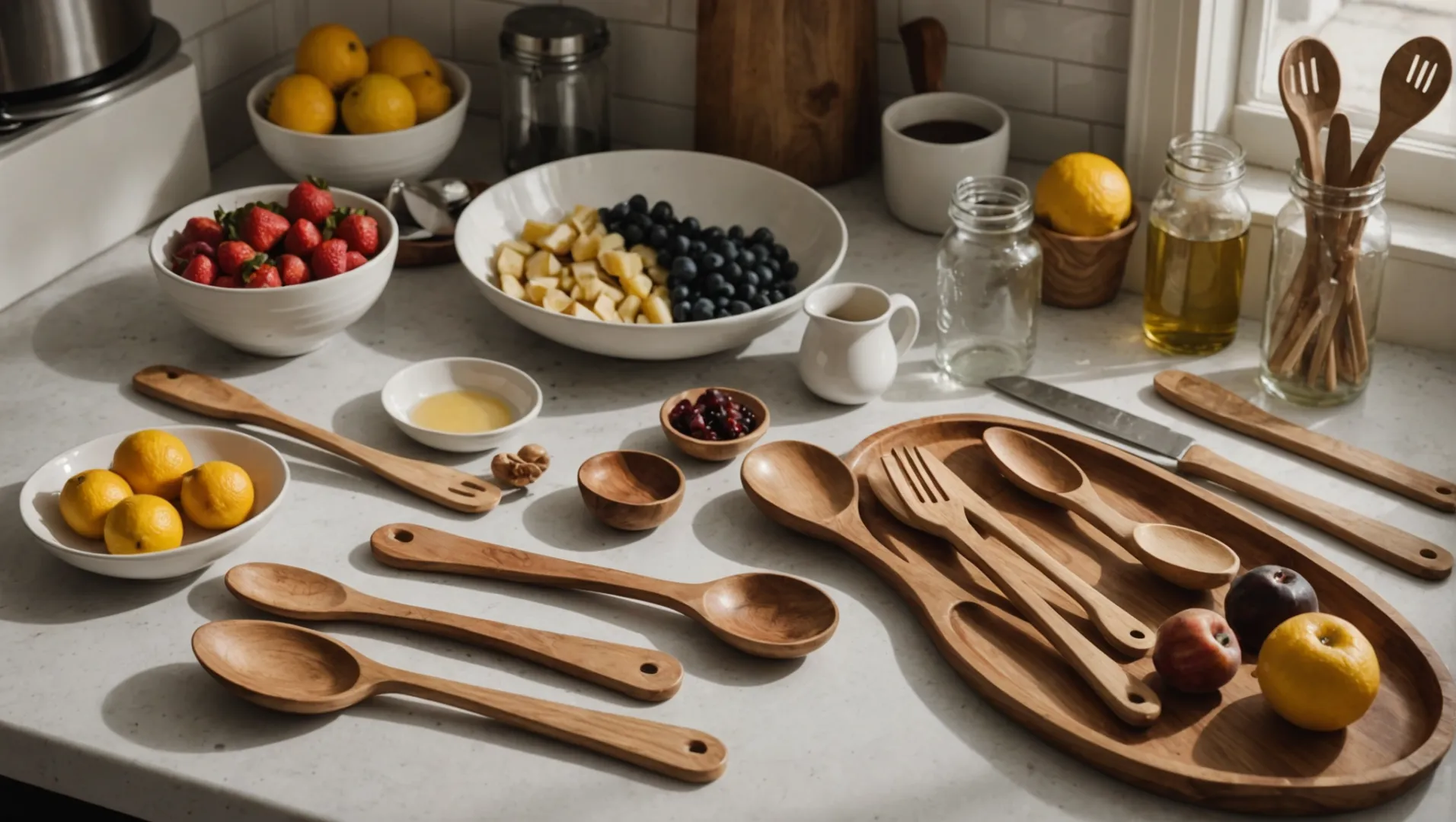
Moisture Absorption and Bacterial Growth
One of the primary challenges of using wooden utensils is their susceptibility to moisture absorption6. Wood is a porous material, meaning it can easily absorb water, which may lead to the growth of bacteria if not properly managed. To counteract this, manufacturers typically apply a protective coating such as beeswax or mineral oil. However, these coatings can wear off over time, necessitating regular maintenance.
Maintenance and Longevity
The lifespan of wooden utensils largely depends on how well they are maintained. Regular cleaning and drying are crucial to prevent warping or cracking. Wooden utensils should be washed by hand with mild soap and warm water, avoiding prolonged soaking. Additionally, they should be kept away from high heat sources to prevent drying out and weakening of the wood.
Maintenance Tips:
| Task | Frequency | Purpose |
|---|---|---|
| Oiling | Every 1-2 months | Maintains moisture barrier |
| Handwashing | After each use | Prevents bacterial growth |
| Proper Drying | Immediately | Prevents warping and cracking |
Design and Manufacturing Concerns
The quality of wooden utensils is significantly influenced by their design and manufacturing processes. Poorly processed utensils may have defects such as splinters or cracks, which can compromise their hygiene and durability. A food-safe finish is crucial to ensure the longevity of the product while maintaining its aesthetic appeal.
Environmental Considerations
While wooden utensils are generally more eco-friendly than their plastic counterparts, challenges in sourcing and production need to be considered. Responsible harvesting and the use of non-toxic coatings are essential to maintain their environmental benefits. Furthermore, ensuring that the wood is sourced from sustainably managed forests can significantly enhance their eco-credentials.
Educating Consumers on Proper Use
Educating consumers on the proper care of wooden utensils is vital. This includes advising on regular oiling, avoiding excessive moisture exposure, and proper storage techniques. By following these guidelines, users can extend the usability of their wooden utensils significantly.
For those interested in reducing their environmental footprint, the benefits of wooden utensils outweigh the challenges. They offer a sustainable alternative to plastic, provided they are used and maintained correctly.
Wooden utensils require regular oiling for maintenance.True
Regular oiling maintains the moisture barrier and prevents cracking.
Wooden utensils are not eco-friendly compared to plastic.False
Wooden utensils are more eco-friendly due to sustainable sourcing.
Conclusion
Choosing wooden cutlery not only supports sustainability but also sparks reflection on our purchasing habits. Every small change counts.
-
Learn about how sustainable forestry preserves ecosystems.: Sustainable forest management creates outcomes that are socially just, ecologically sound and economically viable – the three pillars of sustainability. ↩
-
Discover innovations in biodegradable coatings for faster decomposition.: The biggest upside of using wood to replace plastic cutlery is that it's a natural, renewable material. This means no fossil-based ingredients are needed to ... ↩
-
Explore how awareness drives sustainable purchasing decisions.: Telling online shoppers that other people were buying eco-friendly products led to a 65% increase in making at least one sustainable purchase. ↩
-
Understand the decomposition timeframe of wooden versus plastic utensils.: That means if it looks like plastic, the cutlery will end up in the landfill where it can take hundreds of years to degrade. ↩
-
Learn why FSC certification ensures responsible sourcing and sustainability.: Environmental Protection - FSC's forest management standards expand protection of water quality, prohibit harvest of rare old-growth forest, ... ↩
-
Understand how wood's porosity affects utensil hygiene.: Now cellulose and lignin are both hydrophilic molecules, they easily attach to water molecules. So you've got empty spaces in the cellular ... ↩

